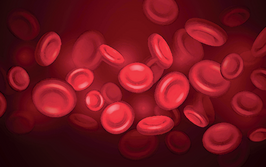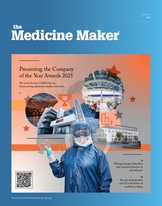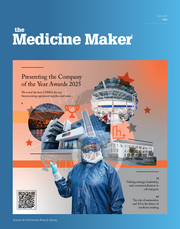Using Morphologi particle characterization system to automate Quality Control microscope methods

contributed by Malvern Panalytical |
The instrument can be set up to identify and count particles meeting certain size and/or shape criteria.
Abstract
In Quality Control (QC) procedures many pharmaceutical companies rely on microscope-based analyses to identify, qualify and or quantify solid particles meeting specified size criteria. A specification for QC analysis is agreed with the competent authority in the country where the product is to be marketed. For example, the specification may limit the number of solid particles to 90% < 25 µm in length and 100% less than 100 µm in length. The method will also generally define the quantity of product to be used in the test. In practice, the sample is scanned by the analyst and an estimate of the total number of particles is made along with the percentage of solid particles meeting the specification. The samples must pass the analyses for the batch of product to be released for further processing or sale.
Often such manual microscope methods involve time-consuming procedures for the analyst and can be open to human subjectivity variations from analyst to analyst.
The Morphologi can automate such methods thus speeding up the analysis time, freeing-up the operators time and reducing error due to human subjectivity and/or fatigue. Additionally, the system can distinguish particles according to their shape and classifications can be set up to identify the number or proportion of, for example, spherical and needle-shaped particles in a sample.
Introduction
In Quality Control (QC) procedures many pharmaceutical companies rely on microscope-based analyses to identify, qualify and or quantify solid particles meeting specified size criteria. A specification for QC analysis is agreed with the competent authority in the country where the product is to be marketed. For example the specification may limit the number of solid particles to 90% < 25 μm in length and 100% less than 100 μm in length. The method will also generally define the quantity of product to be used in the test. In practice, the sample is scanned by the analyst and an estimate of the total number of particles is made along with the percentage of solid particles meeting the specification. The samples must pass the analyses for the batch of product to be released for further processing or sale.
Log in or register to read this article in full and gain access to The Medicine Maker’s entire content archive. It’s FREE!



















